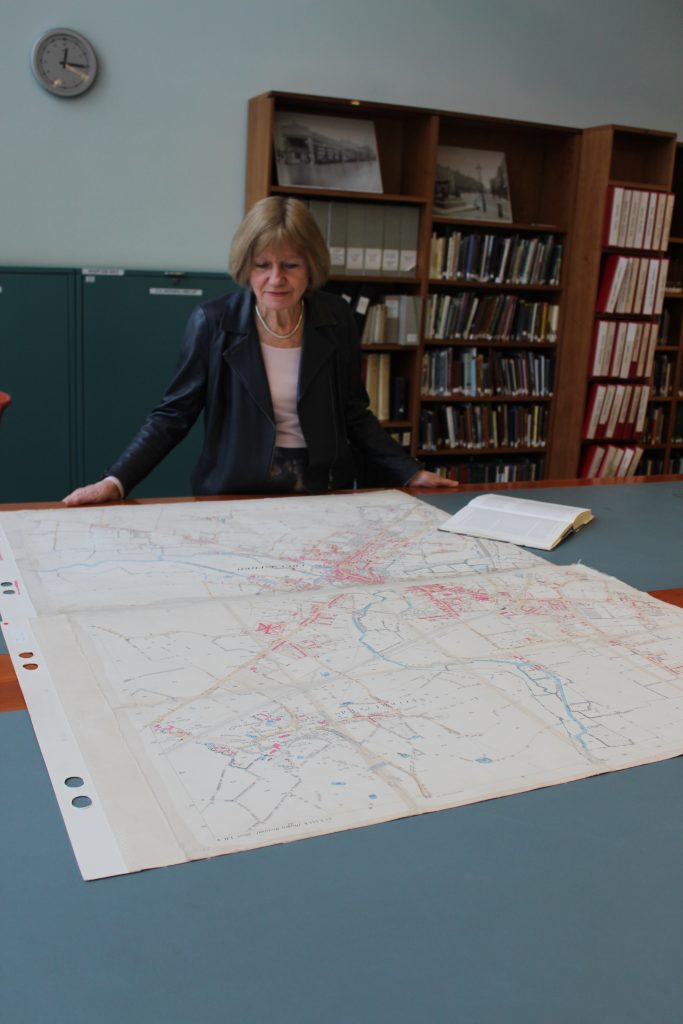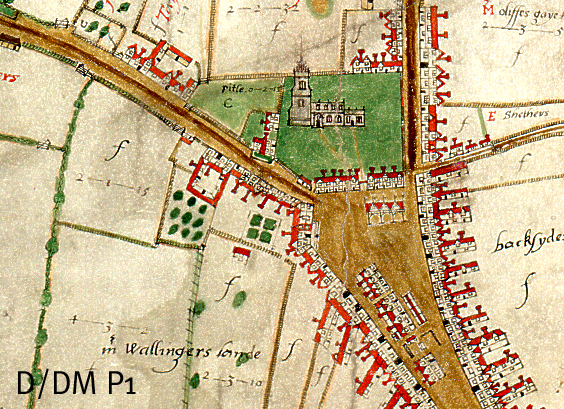In todays post Ken Crowe gives us a tease of just some of the huge wealth of information he has gleaned during his investigations into the history of Stratford Langthorne Abbey ahead of his paper at our conference ‘Essex on the Edge’. Otherwise known as the Abbey of St. Mary’s or West Ham Abbey, this Cistercian foundation would survive from 1135 to the dissolution.
This is just one of the many stories Ken has unearthed.

James Huddleston was a tenant of Stratford Langthorne Abbey, and lived in a tenement within the precincts. It is not know if he was a relation of the last Abbot, William Huddleston, but it seems very likely. In the mid-1530s he decided to travel north, to visit friends in Cumbria, taking his son (it seems by his first marriage) with him. Unfortunately he was taken ill while in Cumbria, and on his death-bed he told his son (it is alleged) that he had hidden a quantity of gold coins (angels or, as described by many contemporaries, angel-nobles) in a post in his barn within the abbey precincts.

In the Bill of Complaint before Chancery, it is claimed that James told his son, on his return home to tell his mother where the coins were, so that she could convert them to land and property.
This case before Chancery, like so many, lacks an ending, so we will never know whether Miles (as he claimed) knew nothing of any gold coins, or, as his mother claimed, “he spoke nothing of the said gold but secretly went into the said barne where the said gold was hid and toke and bare awaye” the gold coins.
Although a story without an ending, it gives us a glimpse into one aspect of life among the tenants within the precincts –particularly in the days before banks!
Ken Crowe will be talking more about Stratford Langthorne Abbey at
‘Essex on the Edge-the experience of a county from the Hundred Years’ War to the Dissolution’ on the 18th May at the Essex Record Office. Click on the link to book your ticket!

At ‘Essex on the Edge’ there will also be an opportunity to a copy of ‘The Fighting Essex Soldier’ “an authoritative and often very entertaining account of Essex in the Hundred Years’ War” at a price of £15.00 reduced from £18.99 while stocks last.


